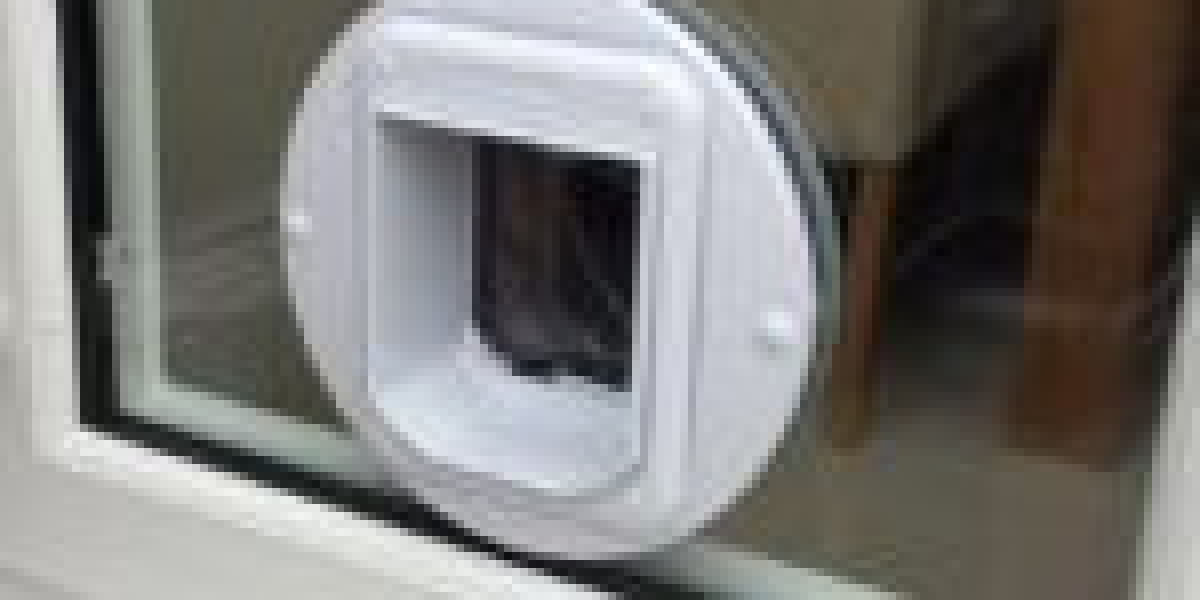The Purr-fect Fix: A Comprehensive Guide to Cat Door Fixing

As any cat flap repair owner can confirm, a cat door is a vital feature in any feline-friendly home. It supplies our whiskered friends with the flexibility to come and go as they please, while also keeping unwanted critters out. However, like any other family product, cat doors can end up being damaged or broken with time, needing some TLC to get them back in working order. In this short article, we'll explore the world of cat door fixing, checking out the typical problems, DIY options, and expert tips to help you keep your feline friend's entrance in top condition.
Common Issues with Cat Doors
Before we dive into the fixing part, it's vital to understand the common issues that can arise with cat doors. These include:
- Sticking or jamming: Over time, the door's hinges or rollers can end up being worn out, triggering the door to stick or jam.
- Leakages: Gaps or cracks in the door or its frame can allow cold air, moisture, or even undesirable visitors to enter your home.
- Broken or damaged frames: Accidental scratches or knocks can damage the door's frame, compromising its structural integrity.
- Faulty locking systems: The locking system can end up being jammed or broken, rendering the door useless.
- Damaged seals: The door's seals can end up being worn, enabling air to leak through and lowering the door's energy effectiveness.
DIY Solutions for Cat Door Fixing
Luckily, many cat door problems can be solved with some standard DIY abilities and tools. Here are some detailed services for typical problems:
- Sticking or jamming:
- Clean the door's hinges and rollers with a soft brush and some lubricant.
- Apply some silicone-based lube to the hinges and rollers.
- If the door still sticks, try changing the hinges or replacing the rollers.
- Leaks:
- Inspect the door and its frame for spaces or cracks.
- Seal any gaps or cracks with weatherstripping or caulk.
- Replace the door's seals if they're worn.
- Broken or damaged frames:
- Clean and check the frame for any damage.
- Usage wood glue or a wood filler to Repair My Windows And Doors any fractures or scratches.
- If the frame is severely damaged, think about replacing it.
- Malfunctioning locking systems:
- Inspect the locking system for any clogs or jamming.
- Tidy the locking mechanism with a soft brush and some lube.
- If the locking system is still malfunctioning, consider replacing it.
- Worn-out seals:
- Inspect the seals for any signs of wear or damage.
- Change the seals with new ones, following the maker's directions.
Expert Tips for Cat Door Fixing
While DIY solutions can be reliable, sometimes it's required to contact the experts. Here are some expert tips for cat door fixing:
- Use the right tools: Invest in a great quality toolset, consisting of a screwdriver, pliers, and a wrench.
- Procedure twice, cut as soon as: Before making any repairs, verify your measurements to avoid any pricey mistakes.
- Utilize the right materials: Choose products that are resilient and weather-resistant, such as stainless-steel or PVC.
- Think about updating: If your cat door is old or outdated, think about upgrading to a newer design with improved functions and performance.
Often Asked Questions
Q: How often should I examine my cat door?A: It's advised to check your cat door every 6-12 months to capture any possible issues before they become significant issues.
Q: Can I repair a cat door myself?A: Yes, many cat door problems can be solved with some standard DIY abilities and tools. However, if you're unsure or uneasy with DIY repairs, it's best to consult a professional.
Q: What are the advantages of updating to a newer cat door design?A: Newer cat door designs typically come with enhanced functions, such as better insulation, enhanced security, and much easier cleaning.
Conclusion
Cat door fixing is a relatively uncomplicated process that can be achieved with some fundamental DIY abilities and tools. By understanding the common concerns that can arise with cat proofing door installation doors and following the expert tips and DIY services described in this article, you'll be well on your way to keeping your feline friend's gateway in top condition. Keep in mind to check your cat door frequently and think about updating to a more recent model if required. With a little TLC, your cat door will continue to offer your feline buddy with the flexibility and comfort they deserve.
Additional Resources
- Cat door maintenance list:
- Inspect the door and its frame for any damage or wear.
- Clean the door's hinges and rollers.
- Inspect the locking system for any obstructions or jamming.
- Replace the door's seals if they're worn out.
- Advised tools for cat door fixing:
- Screwdriver
- Pliers
- Wrench
- Weatherstripping or caulk
- Wood glue or wood filler
- Cat door makers:
- PetSafe
- Cat Mate
- Staywell
- Suitable Pet Products
By following the tips and standards laid out in this short article, you'll be well on your method to becoming a small cat flap installation door fixing expert. Remember to constantly follow safety preventative measures and consult a professional if you're not sure or uneasy with any element of the process.



